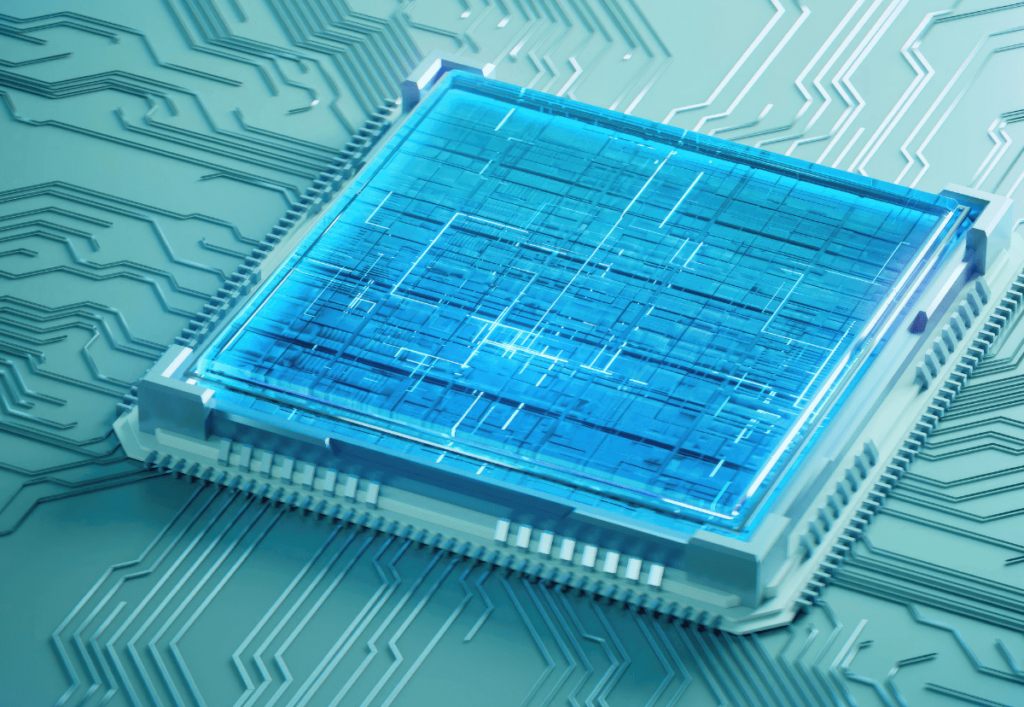
Artificial Intelligence is an interdisciplinary research field that has gained tremendous speed lately. It changes the trends and influences different business streams. Most AI systems have, at their core, a complex network of interconnected nodes, which highly resembles the human brain, called neural networks. Such networks learn and decide how the strength of connections among such nodes should be modified. These weights are essential to the building blocks of neural networks.
What are Weights?
In more simple words, weights are just the numbers assigned to the edges of the neurons in a neural network. They actually give the extent and influence that each connection can have. The higher the assigned weight, the higher it is. When weight assigned is lesser, the weaker the connection becomes.
How Weights Work
A neural network will multiply the input values by the weights of connection to each neuron in processing. The results of these multiplications are added and then passed on to an activation function, where it will actually determine the output of the neuron.
Learning these weights is referred to as the training of the network. In the course of such training, the network gets a large amount of data. While processing this data it also compares its output with the right answer and computes the error in that regard. In response to such an error, the network changes the connection weights with an aim to maximize its performance.
Role of Weights in Learning
This weights play a very significant role in the training phase of the neural network. It can begin to improve gradually with the identification of patterns and bring improvement in prediction accuracy through the regulation of weights.
Positive Weights: The positive weight connects two neurons and increases the effects of one neuron over the other.
Negative Weights: Negative weights decrease the link and reduce the impact one neuron has over another.
The Backpropagation Algorithm
Among the most widely used methods to adjust weights is back propagation. This algorithm calculates error at the output layer and backpropagates it through the network, layer by layer. This is what follows in readjusting the weights of each connection in a way that minimizes the overall error of the network .
Weight Impact on the Performance of AI
The ability to have good training as well as accelerating learning ability heavily depends on choosing the initial weights. Poor weight initialization leads to slow convergence or may even make training failures. Well-initialized weights will lead to rapid acceleration of training and improve the accuracy of the model.
Future of Weights in AI
With AI development, the role of the weights will continue to be at the center. The continually unfolding new techniques in optimal weight initialization, training algorithms, and network architectures mean that their application will enhance the power in efficiency in AI models’ ability to solve complex problems.
